I've been working in my thesis project which consist on a PID controler to mantain a certain temperature in a case. The heater module is made of two 40W-12V 3D printer resistors and one 15W-10 Ohm wirewound resistor. In addition to these, I have an Arduino Uno, a 20x4 LCD screen, two temperature sensors and two PC coolers (2W each) which all sum up in 5W (rounding up). I'm using a 12V-10A switching power supply.
When the PID is at 100% the tension in the resistor (Rparallel= 1.5 Ohm) is supposed to be 12V, but due to the cables and transistor (IRF540N) drop, the maximum tension is 10V. So, all in all, in maximum behaviour I would be drawing 66.6 W + 5W= 71.6W.
My problem is that I want to be sure that the system can work for a long period of time without overheating/exploting/breaking. My question then is where and which fuses should I use?
In the following picture you can see a section of my board, more specifically where the power supply and heater module connects to the board. In total I found 3 places where heat gets high: power supply connector, heater module connector and power supply (switching) case. I have one cooler flowing air to the transistor and the power supply connector but I don't know if that's enough. The 3x2 connector datasheet is this
I was then wondering, should I only use one 10 A cartridge fuse right after the power supply ?Where? Should I add a thermal fuse somewhere near the transistor? How can I ensure that the device can work for a long time?
